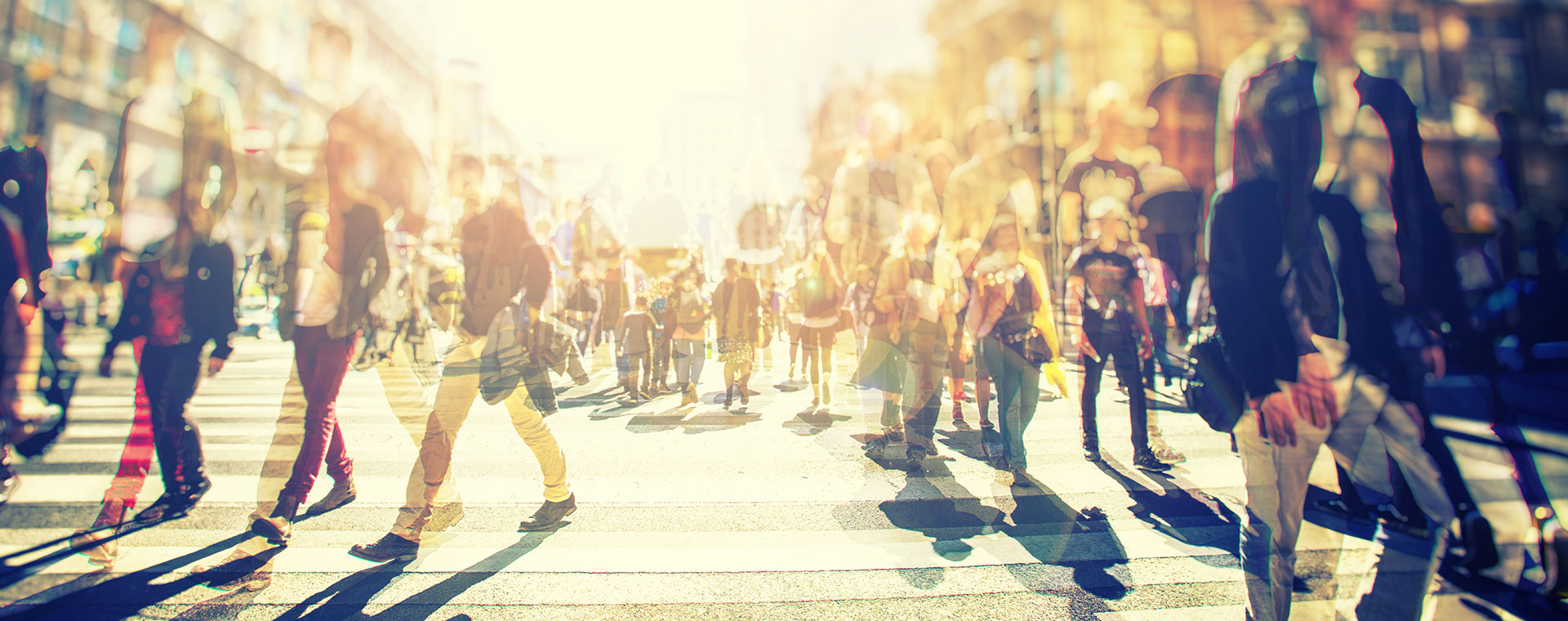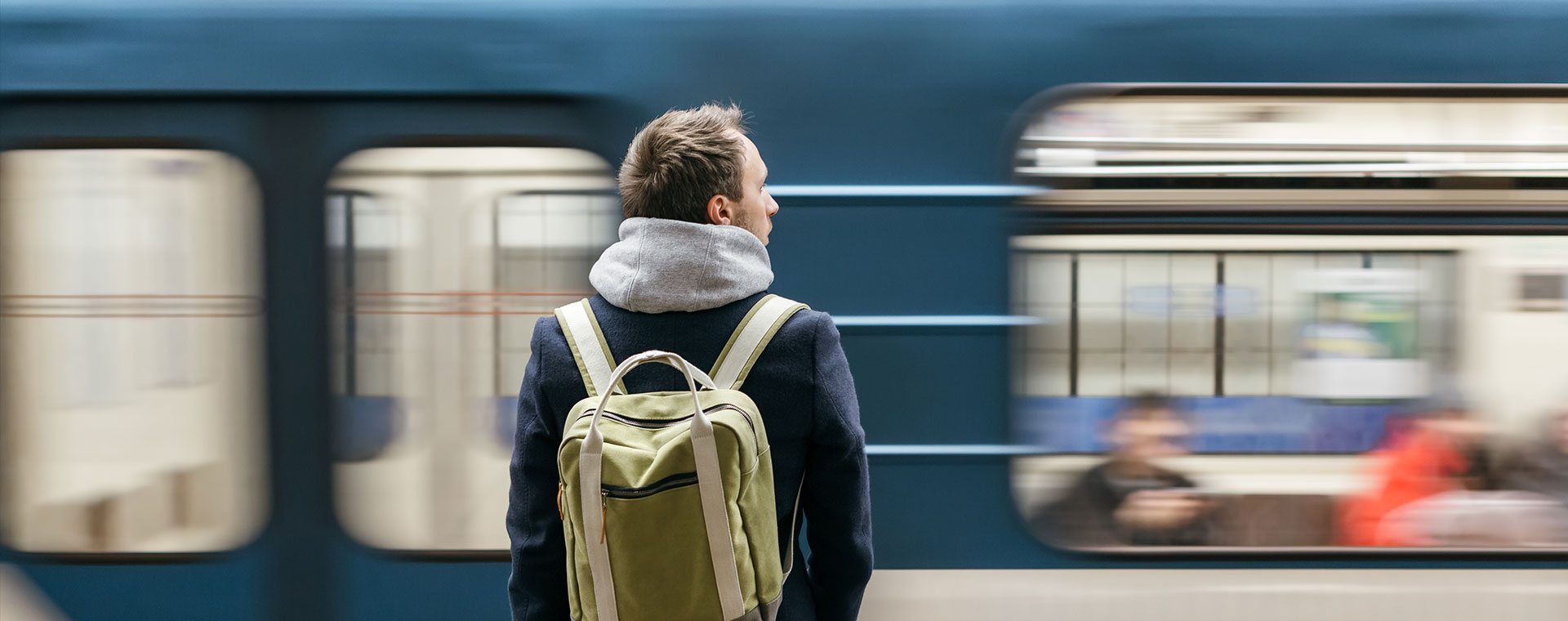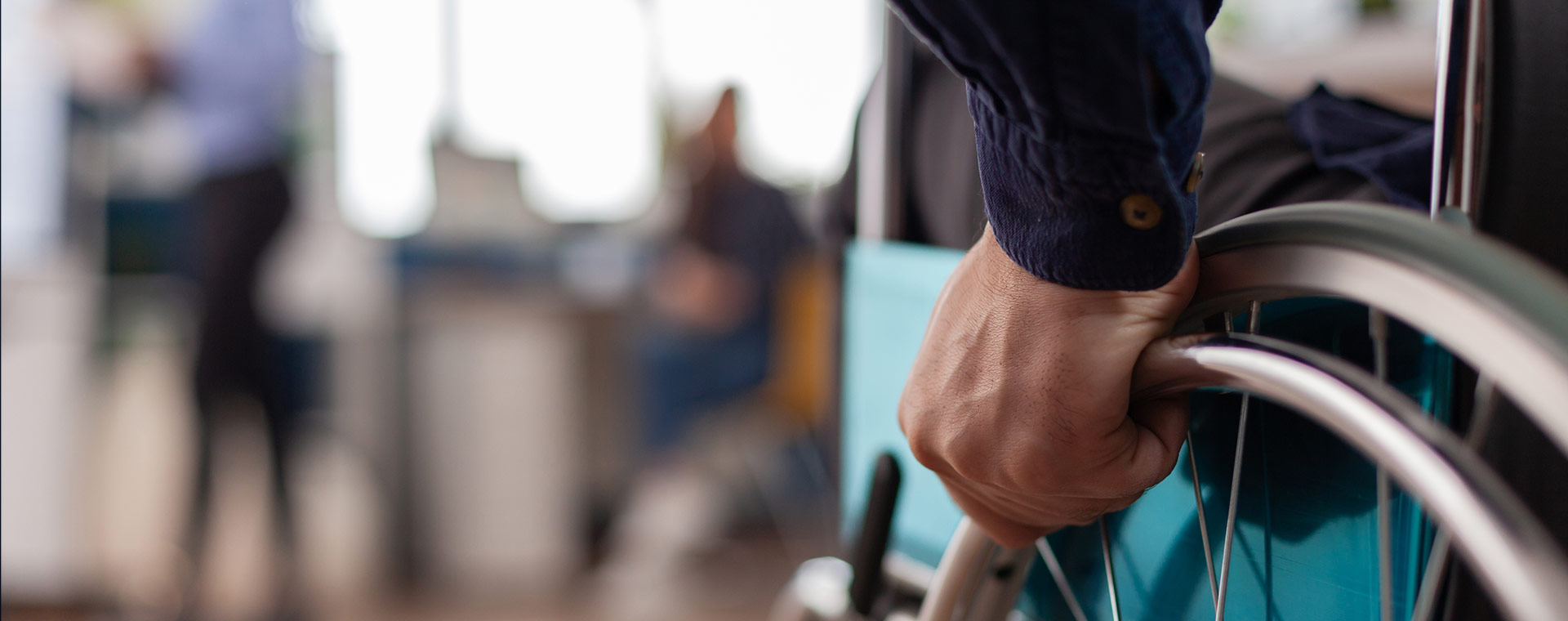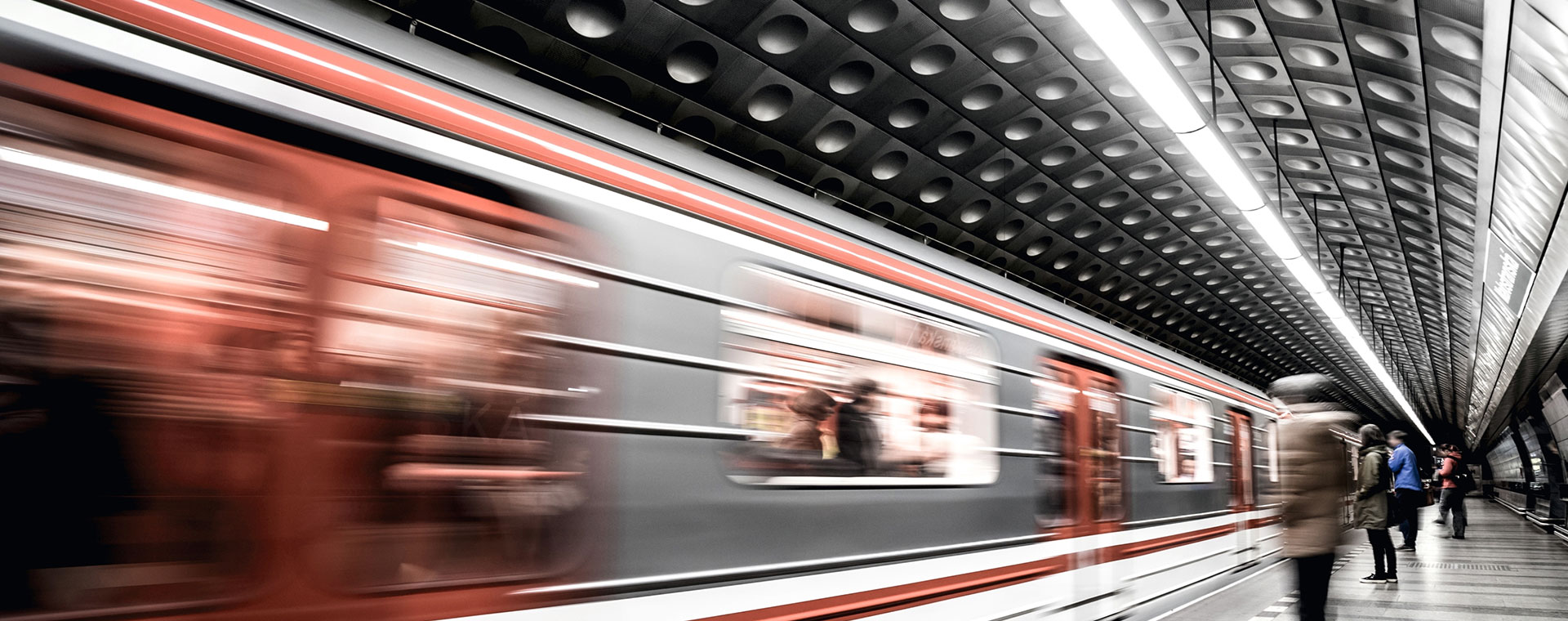Edito
Landscapes
What landscapes will we be able to contemplate from the windows of our public transit vehicles?
-
Jean Pierre Thibault
Director of the French section of the International Council on Monuments and Sites (ICOMOS)

When designing transportation structures, we must not neglect their visual impact.
Concerned about the potential degradation of their living environment, residents of these regions often tend to oppose the construction of new transportation infrastructure.
The visual effects of transportation infrastructure should be studied through the lens of historical, geographical and social perceptions. From a budgetary perspective, it is essential to consider landscape in transport planning.
The very design of transportation infrastructure must establish a dialogue with these historical, geographical and social dynamics. To adapt to the physical environment, all aspects of these infrastructures — such as their layout, profile and engineering structures — must draw on natural elements, including topography, hydrography and vegetation. The Millau Viaduct provides a striking example of this dialogue. In doing so, we can not only avoid altering existing landscapes, but also boost approval from local populations.
As dynamic elements in urban and rural environments alike, landscapes can also be reshaped and redefined when transport structures pass through them. These structures provide an opportunity to create new landscapes. This is the case of the "1% landscape" policy instituted thirty years ago for new freeways and expressways.
By emphasizing landscape in transportation projects, we can strike a balance between environmental effects and the need to build new infrastructure to improve mobility, specifically carbon-free mobility. We must consider the overall elements of these transportation projects to design structures that enhance landscapes and prove to be assets for the harmonious growth of our regions.
-
 Interview
Design
Interview
Design
How can individuals improve their urban environment?
Zeina Nazer, Co-founder of Cities Forum and vice president of ITS UK Road User Charging Forum
-
 Interview
Design
Interview
Design
In transportation planning, should cities be our top priority?
Zeina Nazer, Co-founder of Cities Forum and vice president of ITS UK Road User Charging Forum
-
 Edito
Welcoming mobility
Edito
Welcoming mobility
How to foster a welcoming transport system for a city’s inhabitants?
Jatteau Raphaël, Founder of Cocoparks
-
 Edito
Welcoming mobility
Edito
Welcoming mobility
How can we foster a welcoming transport system for a city’s inhabitants?
Blache Chris, Urban anthropologist and co-founder of the "GENDER AND THE CITY" (GENRE ET VILLE) platform for reflection and action
Any approach to safe mobility in the future mus put people first. To create a warm and welcoming atmosphere on public transportation, we need to view our fellow riders as valuable allies, rather than potential enemies. -
 Interview
Change
Interview
Change
How can we give people the means to do without their cars?
Karaki Samah, Founder of the Social Brain Institute
Given the limits of our decision-making and attentional resources, we should first and foremost address the structural issues that hinder change, instead of putting the onus on individuals.


